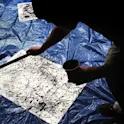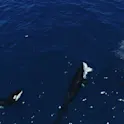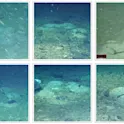
Life sciences
04 Dec 2025
New camera traps snap nearly three times more images of endangered Sumatran tigers than before
In Sumatra, researchers captured almost three times as many images of critically endangered tigers as during previous surveys, which shows the positive impact of conservation efforts even outside of national parks













